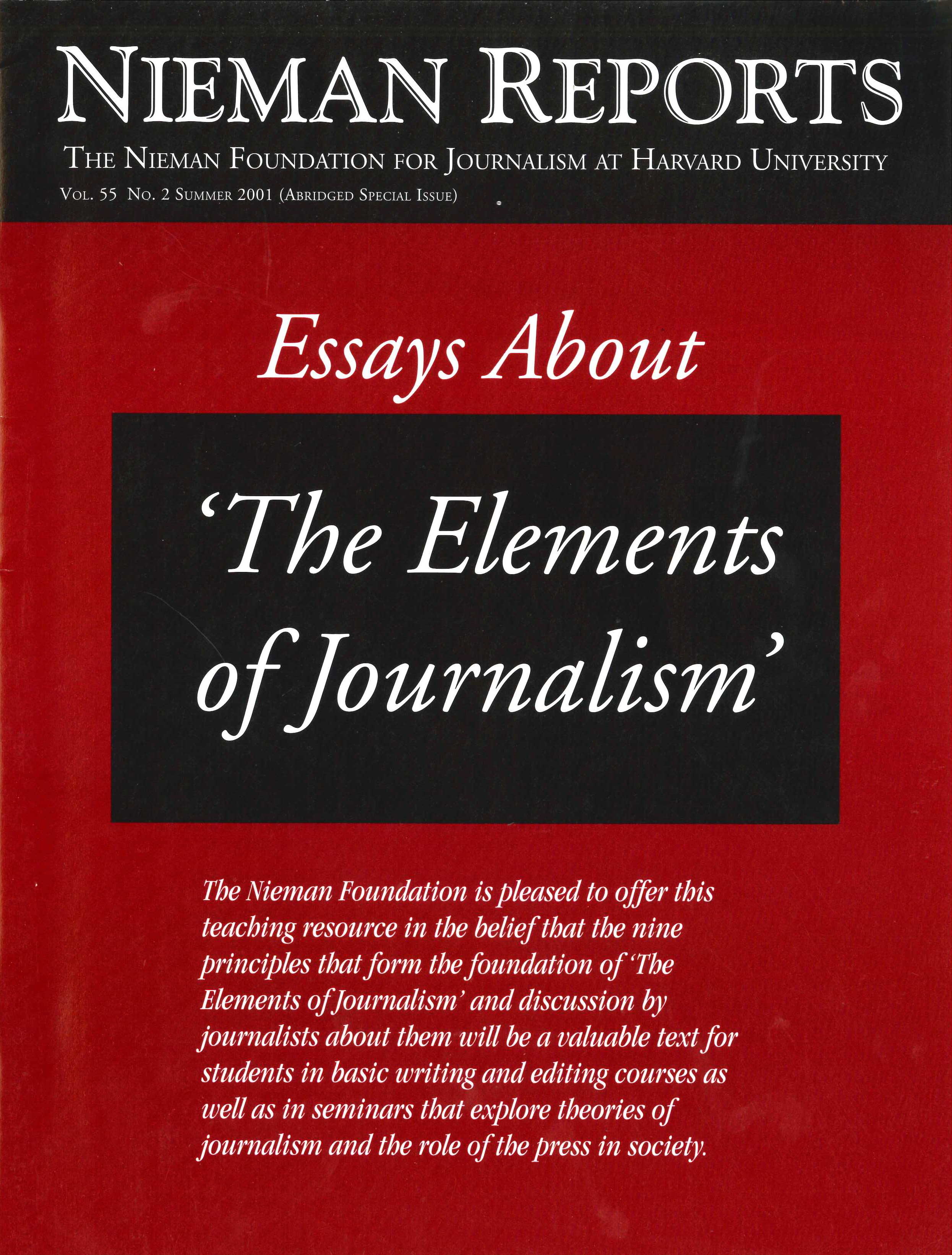Four years ago at The (Syracuse) Post-Standard we had a rare and precious opportunity to start our newspaper all over again. We’d announced that the morning and evening newspaper staffs, once fiercely competitive, would merge. Because our company has an ironclad policy of no layoffs, the staff would be the sum of the two newsroom rosters—a huge increase for the newspaper.
This change did not happen overnight. Fortunately, we were given several months to create a blueprint for this new entity. We could step away from the daily press of business and ask ourselves questions not asked when the clock is ticking. What, for example, would we do if we suddenly had 250 journalists with whom to start a newspaper? How would we do it? What would our organizational chart look like? How would we define “community” and cover it?
When I read Bill Kovach and Tom Rosenstiel’s words about making coverage comprehensive and proportional, my mind leapt back to this time of reflection, when we said that making our news complete would be our primary goal. Of course, what “complete” meant resided in the eye of the person who maps it and the needs of those who used it. And because journalism is part science, part art, our notion of “complete” would integrate our experiences, instincts and what research told us about our audience.
To create navigational guides, we drew a series of maps—some geographical, others topical, and still others demographic. These helped us decide where to open new bureaus and how to assign reporters: For example, our education reporters increased from two to nine and our suburban staff went from four to 20. It wasn’t just numbers that changed. So did our journalistic mission: We pledged to record every public vote, every crime, every important transaction of public and business life that we could obtain. We’d use agate type—as we do with sports’ scores—to build a newspaper of record to offer readers consistent community data.
But we wouldn’t stop there. We’d put our reporters’ skills and ingenuity to work questioning, explaining and analyzing the data, putting it in a comprehensive context. If the best investigative reporting helps readers to closely inspect aspects of their civic life, why not publish as much detailed data as we could each day so readers—and reporters—would have what they needed to form probing questions? Enterprise and explanatory reporting would grow up naturally from this seedbed of data about public actions, transactions and records.
To contrast these changes is to vividly see how completeness and proportionality fit into our transition. Before, a reporter received a hunch or tip about exorbitant fees that a town paid its hired lawyers. To do the complete investigation, she collected data about legal fees paid by that town and neighboring ones. She compared the fees, showed anomalies, and did reporting to reveal why it happened. This was a massive amount of work to be done for one story.
Now we publish legal fees in zoned sections of the newspaper. Our reporters cull the highlights and present them in articles that compare costs in each town and the billing practices of lawyers. Each year, we build on this database to deepen the perspective. When we see anomalies, they prompt reporting instead of the reporting being done to find them. The result is that stories of community importance no longer depend on a chance tip or hunch by one reporter.
Of course, this approach to being a comprehensive purveyor of news can be—and is right now being—jostled by economic downturns at the newspaper. Financial constraints are forcing us to redefine what we mean by complete coverage and causing us to reorganize beats and shrink the numbers of reporters assigned to certain ones.
But we are also facing a different threat. No matter how well our maps might be guiding us in filling in gaps in our coverage and giving readers a sense of connection and scale, they are failing to inspire individual reporters. While reporters understand the reasoning, this approach doesn’t jazz them. We’ve lost too many who felt constricted by our systematic approaches. Imagine Jack Kerouac, Least Heat-Moon, or Pirsig with a TripTik and directions from an editor.
What we need is to use new metaphors to help the best daily journalists see connections between our approach to community coverage and their individual work and aspirations. Right now, to many, our form must seem like haiku—its pattern austere and rigid, signaling death to the individual spirit. But within haiku, infinite creative possibilities abound, as its great practitioners show.
Surely we have within our newsroom the potential for reporters to demonstrate greatness within the form we have created. It’s our challenge, as editors, to find ways to help them realize this potential without diminishing our promise to readers of complete coverage.
Mike Connor, a 1989 Nieman Fellow, is editor of The (Syracuse) Post-Standard.


